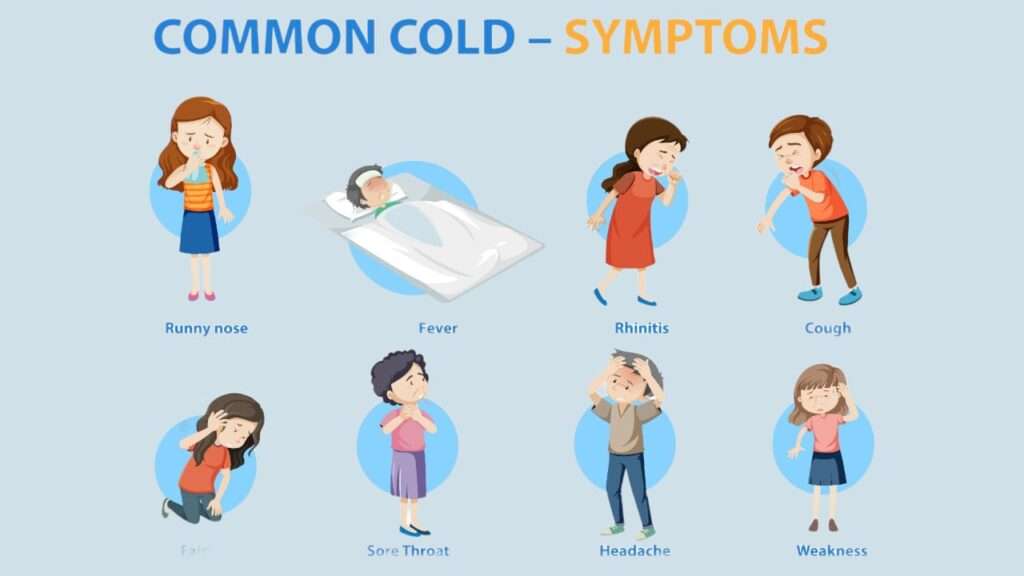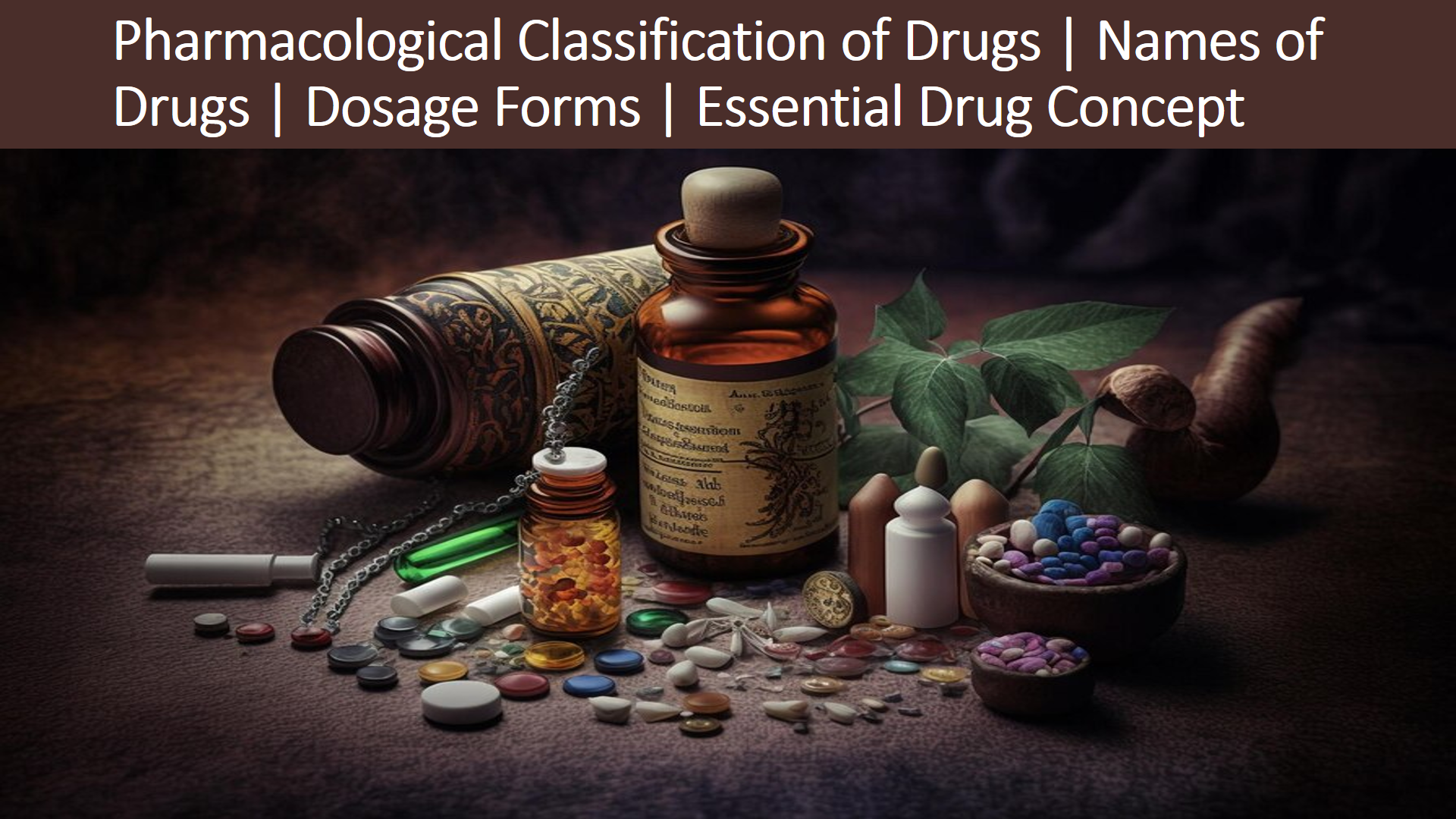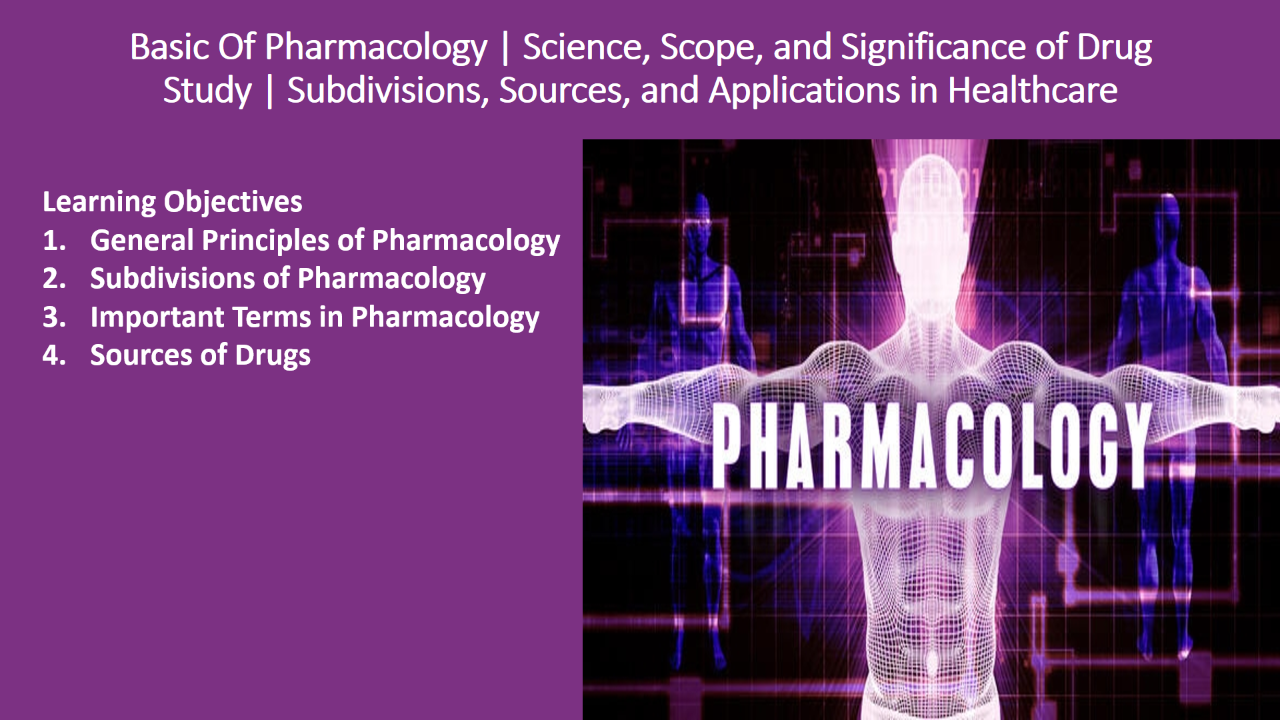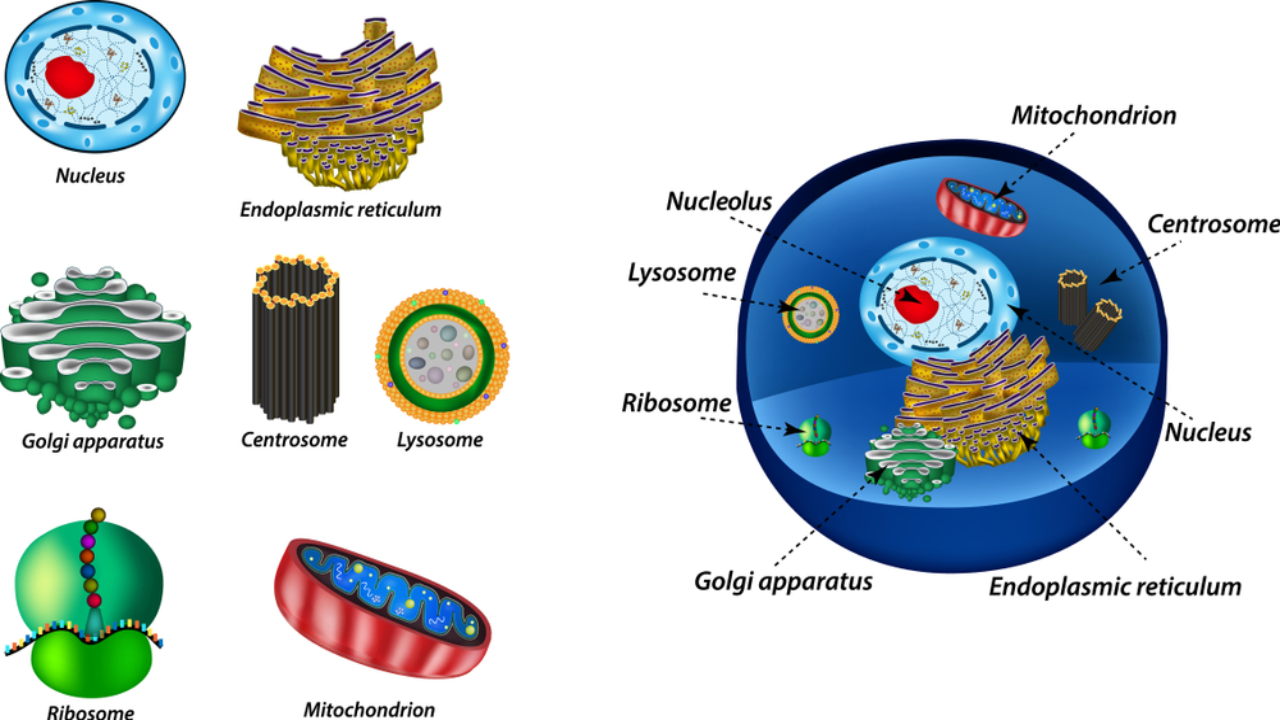Ah, the familiar sniffles, sneezes, and coughs – the common cold is a guest that often overstays its welcome. In this article, we’ll dive into the realm of the cold, understanding what triggers it, its characteristic symptoms, practical remedies, and how to speed up your recovery.
Table of Contents
1. Understanding the Common Cold:
The common cold isn’t a one-size-fits-all term; it’s a viral infection that affects your upper respiratory tract, leaving you feeling less than your best.
2. The Culprits Behind the Cold: What Causes It
The common cold, also known as an upper respiratory tract infection (URTI), is a viral infection primarily caused by rhinoviruses, although other viruses like coronaviruses and adenoviruses can also contribute to cold-like symptoms.
3. Simplified Pathophysiology of the Cold:
- Viral Entry and Replication: The cold-causing viruses typically enter the body through the nose or mouth. They bind to and infect epithelial cells lining the upper respiratory tract, including the nasal passages and throat. Once inside the cells, the viruses start to replicate, leading to the destruction of infected cells and the release of new virus particles.
- Inflammation: The viral infection triggers the release of various immune system molecules, such as cytokines and chemokines. These molecules signal immune cells to migrate to the infected area, leading to inflammation. Inflammation causes the blood vessels in the nasal tissues to become more permeable, resulting in swelling and congestion.
- Mucus Production: The infected cells and immune response lead to an increased production of mucus in the respiratory tract. This excess mucus can cause a runny or stuffy nose and may lead to postnasal drip, where mucus drips down the back of the throat.
- Sneezing and Coughing: The irritation caused by the viral infection and the presence of excess mucus can stimulate the body’s cough and sneeze reflexes. This helps to expel the virus particles and mucus from the respiratory tract and reduce the viral load.
- Localized Immune Response: The immune system responds to the viral infection by sending immune cells, such as neutrophils and macrophages, to the infected area. These cells work to eliminate the virus and infected cells.
- Adaptive Immune Response: While the common cold primarily affects the upper respiratory tract, the body’s adaptive immune system also gets involved. B cells produce antibodies against the viruses, and T cells contribute to the immune response. Over time, the immune system recognizes the specific viral strains and mounts a quicker and more effective response upon subsequent exposures.
- Resolution of Infection: In most cases, the immune response gradually eliminates the virus, and the symptoms of the common cold start to improve within a few days. However, the process can be prolonged if the immune response is not strong enough or if the body is exposed to other pathogens.

4. Symptoms and Signs of a Cold:
When the cold bug pays you a visit, it comes bearing gifts – the kind you’d rather not receive.
- Runny Nose: Your nose becomes a perpetual faucet.
- Sneezing: Bless you, times a hundred.
- Coughing: A persistent, unwelcome guest.
- Sore Throat: Scratchy and irritating, like a tiny ninja practicing its moves.
- Fatigue: Suddenly, you feel like you’ve run a marathon.
- Watery Eyes: As if the faucet extended to your eyes.
5. Tackling the Cold: Home Remedies and Relief Techniques
The good news is that the cold usually decides to pack up and leave on its own. In the meantime, you can offer yourself some comfort.
- Hydration: Drink plenty of fluids to keep your body well-hydrated.
- Rest: Give your body the chance to recuperate with ample rest.
- Steamy Showers: Inhaling steam can soothe your irritated respiratory tract.
- Saltwater Gargle: Ease a sore throat by gargling with warm saltwater.
- Honey and Lemon: A classic concoction to soothe a cough and sore throat.
6. Recovery Time: Patience is Key
Remember, patience is your best friend when dealing with a cold. Most colds resolve within a week or two, but if your symptoms persist or worsen, it’s time to consult a healthcare professional.
7. Prevention Is Worth Its Weight in Gold
The best defense against the common cold is a good offense. While you can’t entirely escape the clutches of the cold virus, you can certainly lower your risk.
- Hand Hygiene: Wash those hands like you’re a germ-fighting superhero.
- Avoid Close Contact: Steer clear of coughing and sneezing companions.
- Boost Your Immunity: A balanced diet, regular exercise, and adequate sleep can bolster your defenses.
Conclusion:
The common cold might be common, but it’s still no walk in the park. Understanding its triggers, recognizing its symptoms, and taking steps to ease your discomfort can make the journey a bit smoother. Remember, while the cold will eventually bid you farewell, your wellness should always be a priority. Give yourself the care you deserve, and don’t hesitate to seek medical advice if you’re unsure about your symptoms. With patience and a bit of TLC, you’ll soon find yourself on the road to recovery, ready to face the world with your newfound sniffle-free energy.






